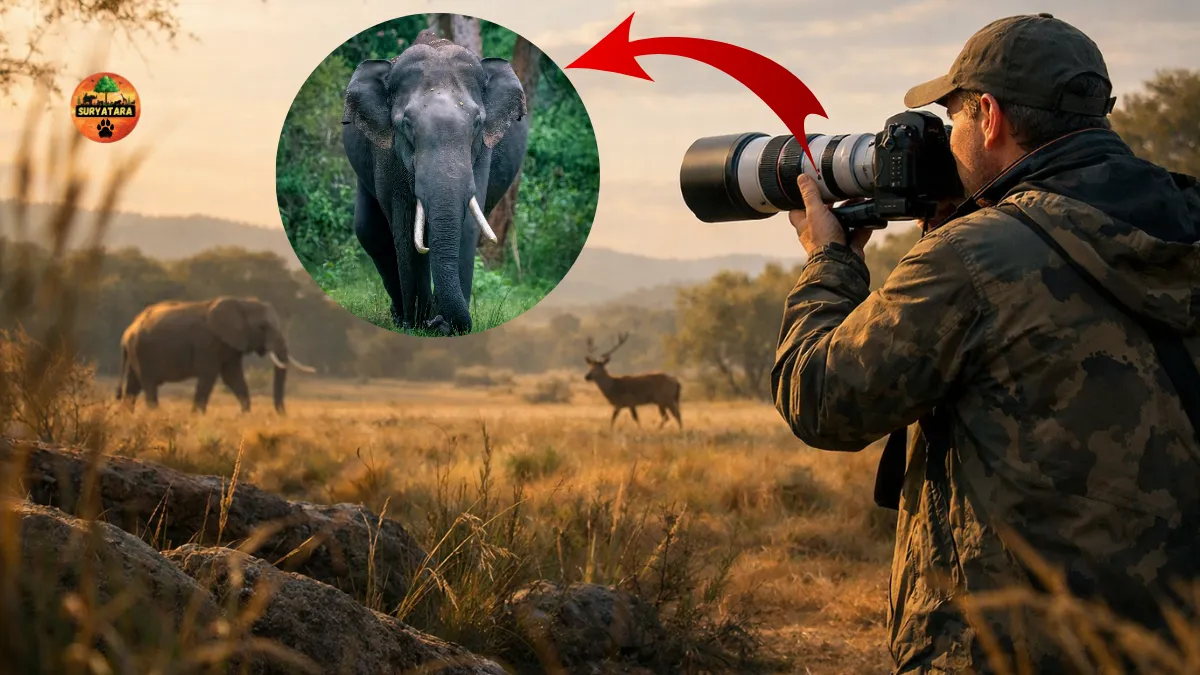Celebrating the Vital Role of Bats in Nature
Every October, the world comes together to celebrate Bat Appreciation Week, a global event that highlights the importance of bats to our planet. Often misunderstood and unfairly linked with darkness or fear, these nocturnal creatures are actually nature’s quiet superheroes.
Bat Appreciation Week 2025 serves as a reminder that bats are vital for ecosystems worldwide. From controlling insects to pollinating crops, these mammals play a major role in keeping our environment balanced.
What Is Bat Appreciation Week All About?
Bat Appreciation Week is celebrated each year during the third week of October, right before Halloween. It’s a time to replace myths with facts, fear with fascination, and ignorance with awareness.
The aim is simple — to teach people about the incredible diversity of bats, with more than 1,400 known species across the globe, and to emphasize why their protection is essential for the environment.
Why Bats Deserve Our Appreciation
Despite their small size, bats are ecological powerhouses. Here’s why they are crucial for both humans and nature:
1. Nature’s Own Pest Control System
Bats feast on insects every night, consuming thousands of mosquitoes and harmful pests that damage crops. This natural pest control saves farmers billions of dollars annually by reducing the need for toxic pesticides.
2. Pollinators and Seed Spreaders
Bats also play a critical role in pollination. Many fruits we love — like mangoes, bananas, and guavas — rely on bats for pollination. Even the agave plant, used to make tequila, depends on bats to thrive.
3. Environmental Health Indicators
Healthy bat populations are signs of a healthy environment. When bat numbers fall, it’s often an early warning that local ecosystems are under stress.
The 2025 Theme: “Restoring Roosts, Rebuilding Populations”
The official theme for Bat Appreciation Week 2025 is “Restoring Roosts, Rebuilding Populations.”
It highlights how urban growth, deforestation, and pollution have destroyed many bat habitats.
This year, conservationists are encouraging people to take part by:
- Building bat houses in their backyards
- Preserving old trees and caves
- Supporting bat research and rescue programs
Simple steps like these can make a huge difference in helping bats recover and flourish again.
How the U.S. Is Celebrating Bat Appreciation Week
In the United States, many organizations are joining hands to celebrate this important week. Bat Conservation International (BCI) and several wildlife groups have lined up educational programs, bat-watching tours, and social media campaigns.
Highlights include:
- Nighttime “bat walks” in national parks
- Interactive online webinars for kids
- Workshops on creating bat-friendly gardens
- Citizen science apps for tracking local bat populations
States such as Texas, Arizona, and New Mexico — known for their vast bat colonies — are hosting open-air events where visitors can witness thousands of bats take flight at dusk.
Bat Awareness Initiatives in the United Kingdom
The Bat Conservation Trust (BCT) in the UK leads national efforts to promote awareness during Bat Appreciation Week. Their goal is to educate communities about British bat species, such as the common pipistrelle and brown long-eared bat, both vital to the UK’s ecosystem.
Activities include:
- Bat-watching nights in local parks
- Public workshops on identifying bat calls
- School outreach programs promoting wildlife conservation
Urban development has reduced many natural bat habitats in the UK, making these initiatives more important than ever.
Fascinating Bat Facts That Might Surprise You
- Bats are the only mammals capable of true flight.
- Some species can travel over 100 miles per hour.
- The smallest bat, called the bumblebee bat, weighs less than a penny.
- The giant golden-crowned flying fox has a wingspan of almost six feet!
- A bat can live for more than 30 years in the wild.
These facts prove that bats are far more fascinating — and vital — than most people realize.
The Challenges Bats Face
Bats around the world are facing serious threats to their survival.
1. Habitat Loss
Deforestation, mining, and urban expansion have destroyed countless roosting sites.
2. Climate Change
Changing weather patterns disrupt insect populations, affecting bat feeding habits and breeding seasons.
3. White-Nose Syndrome
This deadly fungal disease has wiped out millions of bats in North America, making conservation urgent.
4. Misconceptions and Fear
Cultural myths and misinformation often lead to unnecessary harm. In truth, most bats are harmless, shy, and deeply beneficial to humans.
How You Can Support Bat Conservation
Everyone can play a role during Bat Appreciation Week 2025. Here’s how:
Build a Bat House
Install a simple wooden bat house in your garden or balcony area to give bats a safe place to rest and breed.
Create a Bat-Friendly Garden
Grow night-blooming plants like jasmine or evening primrose to attract insects that bats feed on.
Protect Water Sources
Keep local ponds and streams clean, as bats depend on these areas for drinking and hunting.
Spread the Word
Share positive bat stories and facts on social media with hashtags like #BatAppreciationWeek and #SaveTheBats to help change public perception.
Bats and Human Health: A Scientific Perspective
Bats are not just essential for ecosystems but also for medical research. Their immune systems are unique — they can carry viruses without getting sick, offering scientists valuable insights into disease resistance.
Moreover, by controlling mosquito populations, bats reduce the risk of malaria, dengue, and other vector-borne diseases. They are silent contributors to global health and safety.
Also read: World Kangaroo Day: Celebrating Australia’s Iconic Wildlife and Promoting Peaceful Coexistence
Halloween Connection: Changing the Narrative
Because Bat Appreciation Week falls close to Halloween, it’s the perfect moment to change how people see bats. Instead of associating them with horror stories, families can use the season to celebrate their beauty and importance.
Teachers and parents can organize bat-themed activities, crafts, and documentaries that educate children about these gentle night flyers.
Global Action for a Shared Cause
From the Americas to Europe, Asia, and Africa, global organizations are collaborating to save bat populations. The United Nations Environment Programme (UNEP) supports efforts to preserve migratory bat species and their habitats.
These international projects remind us that conservation has no borders — protecting bats is a shared global duty.
Why Bat Appreciation Week Matters More Than Ever
Bat Appreciation Week 2025 isn’t just a celebration — it’s a call to action.
It reminds us that when we protect bats, we protect biodiversity, agriculture, and even human health.
As the climate crisis deepens, every small effort to safeguard these creatures makes a big difference. By learning about bats, supporting conservation, and spreading awareness, we can ensure they continue to thrive for generations to come.
After all, bats may fly in the dark — but their role in keeping our planet alive is nothing short of brilliant.













